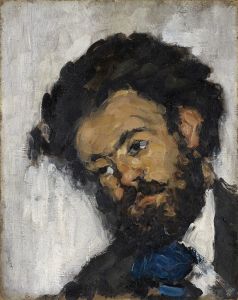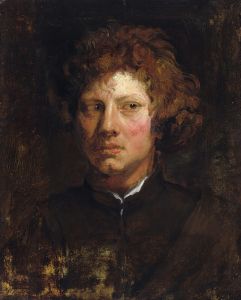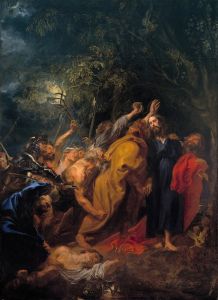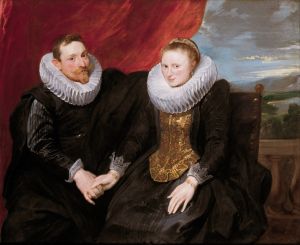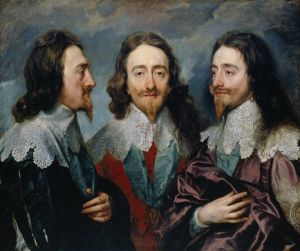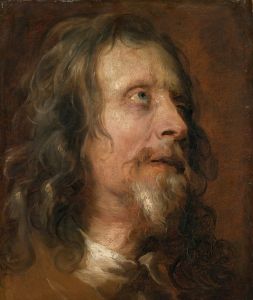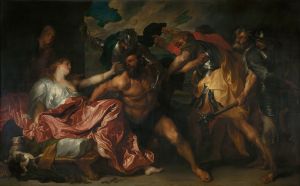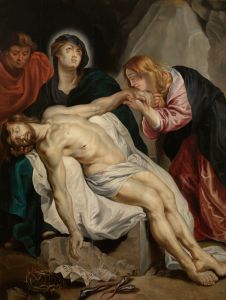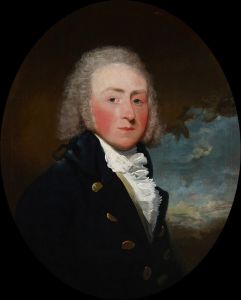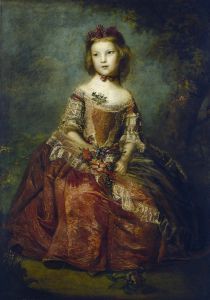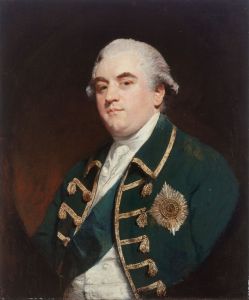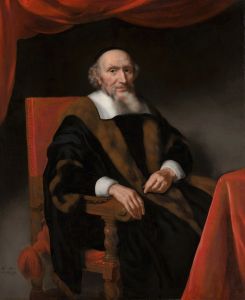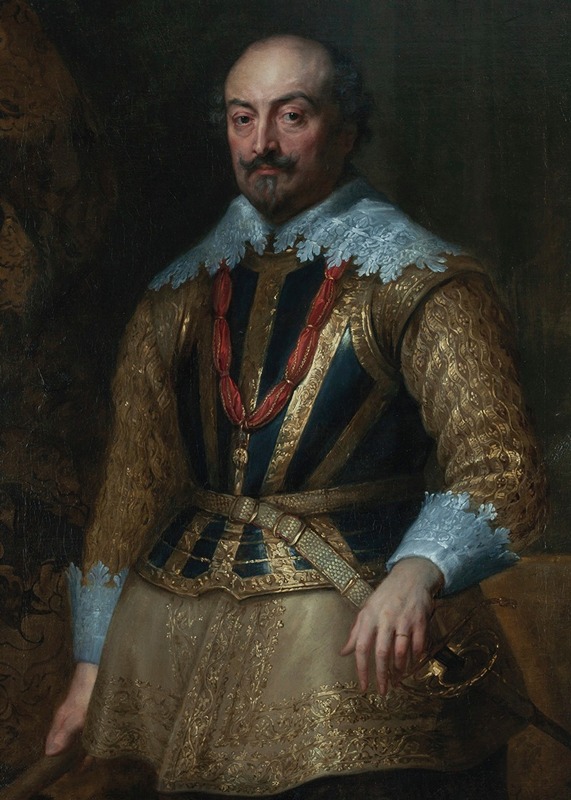
Portrait of John VIII, Count of Nassau-Siegen
A hand-painted replica of Anthony van Dyck’s masterpiece Portrait of John VIII, Count of Nassau-Siegen, meticulously crafted by professional artists to capture the true essence of the original. Each piece is created with museum-quality canvas and rare mineral pigments, carefully painted by experienced artists with delicate brushstrokes and rich, layered colors to perfectly recreate the texture of the original artwork. Unlike machine-printed reproductions, this hand-painted version brings the painting to life, infused with the artist’s emotions and skill in every stroke. Whether for personal collection or home decoration, it instantly elevates the artistic atmosphere of any space.
"Portrait of John VIII, Count of Nassau-Siegen" is a painting by the renowned Flemish artist Anthony van Dyck. Van Dyck, a prominent Baroque artist, was known for his exceptional skill in portraiture, capturing the likeness and character of his subjects with remarkable detail and sensitivity. This particular portrait is a testament to his mastery in the genre and his ability to convey the status and personality of his sitters.
John VIII, Count of Nassau-Siegen, was a member of the House of Nassau, a significant noble family in Europe. Born on September 29, 1583, he was a military leader and a prominent figure in the political landscape of his time. His life was marked by his service in various military campaigns, and he was known for his strategic acumen and leadership abilities. The portrait by van Dyck captures John VIII during a period when portraiture was an essential means of documenting and asserting the power and influence of European nobility.
Anthony van Dyck painted this portrait during his time in the Southern Netherlands, a period when he was heavily influenced by the work of Peter Paul Rubens, under whom he had studied. Van Dyck's style is characterized by its elegance, the fluidity of brushwork, and the ability to infuse his subjects with a sense of dignity and presence. In this portrait, van Dyck employs a rich color palette and a keen attention to detail, particularly in the rendering of textures such as fabric and armor, which were often used to signify the status and wealth of the sitter.
The composition of the portrait is typical of van Dyck's approach, with the subject positioned in a three-quarter view, engaging the viewer with a direct gaze. This technique not only highlights the sitter's features but also creates a sense of immediacy and connection. The background is often kept subdued, allowing the focus to remain on the subject, and enhancing the overall impact of the portrait.
Van Dyck's portraits were highly sought after by the European elite, and his ability to capture the essence of his subjects made him one of the most celebrated portraitists of his time. His work had a lasting influence on the development of portrait painting, setting a standard for elegance and sophistication that would be emulated by future generations of artists.
The "Portrait of John VIII, Count of Nassau-Siegen" is an excellent example of van Dyck's skill and his contribution to the art of portraiture. It reflects not only the artist's technical prowess but also his ability to convey the social and political nuances of his time through the medium of paint. This portrait remains a significant piece within the oeuvre of Anthony van Dyck and continues to be appreciated for its artistic and historical value.






